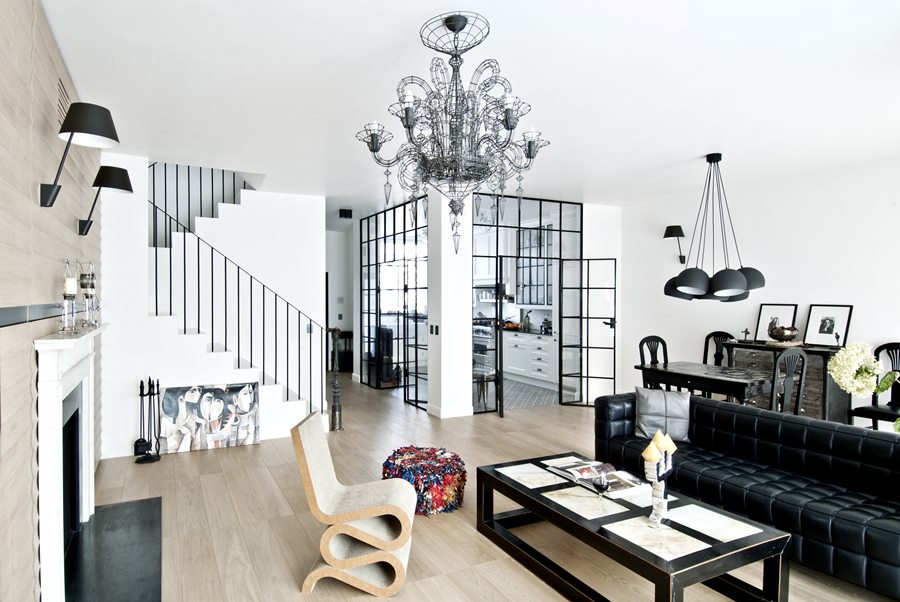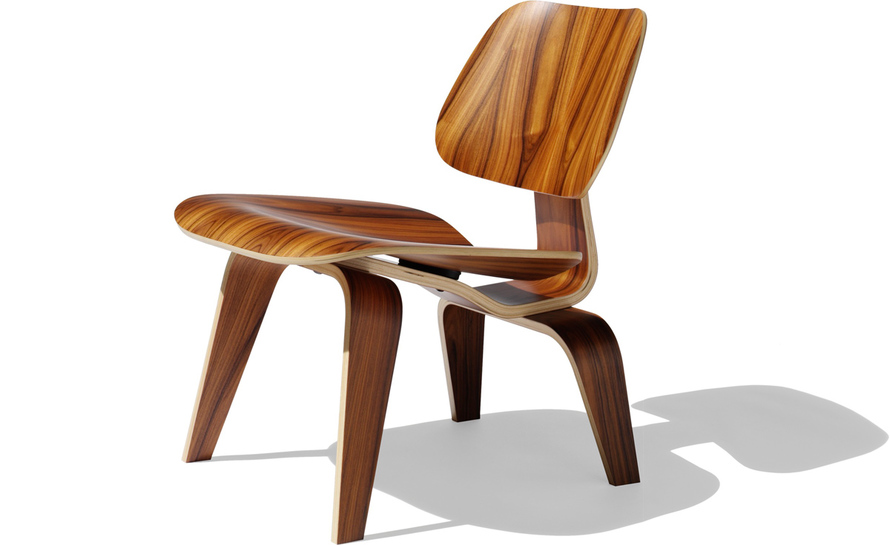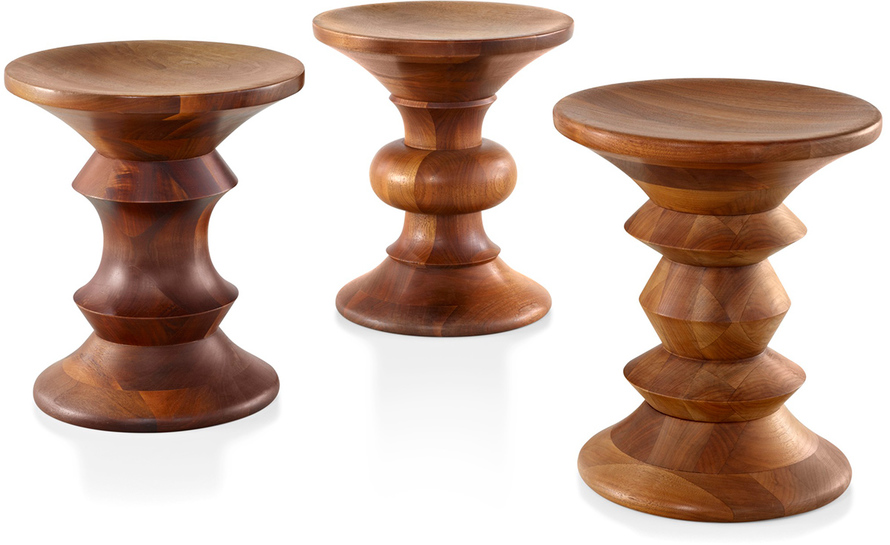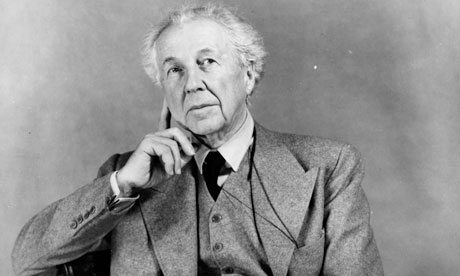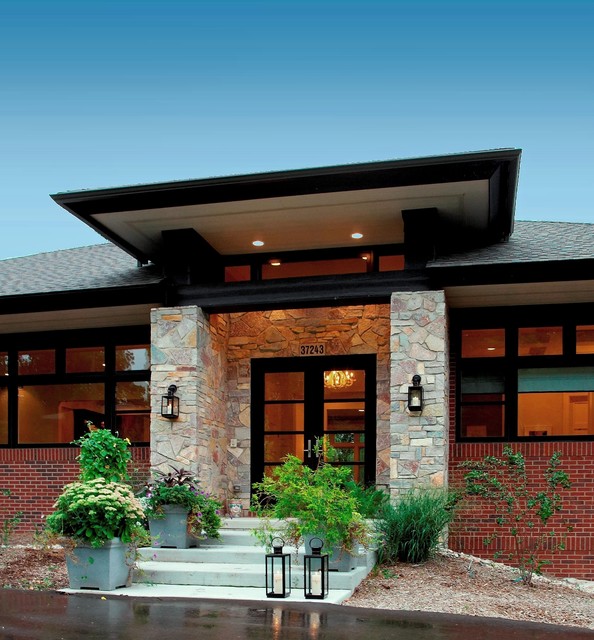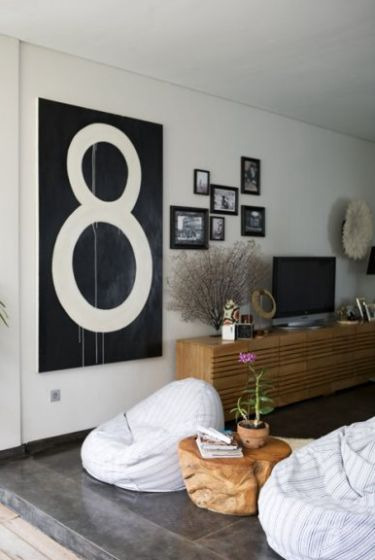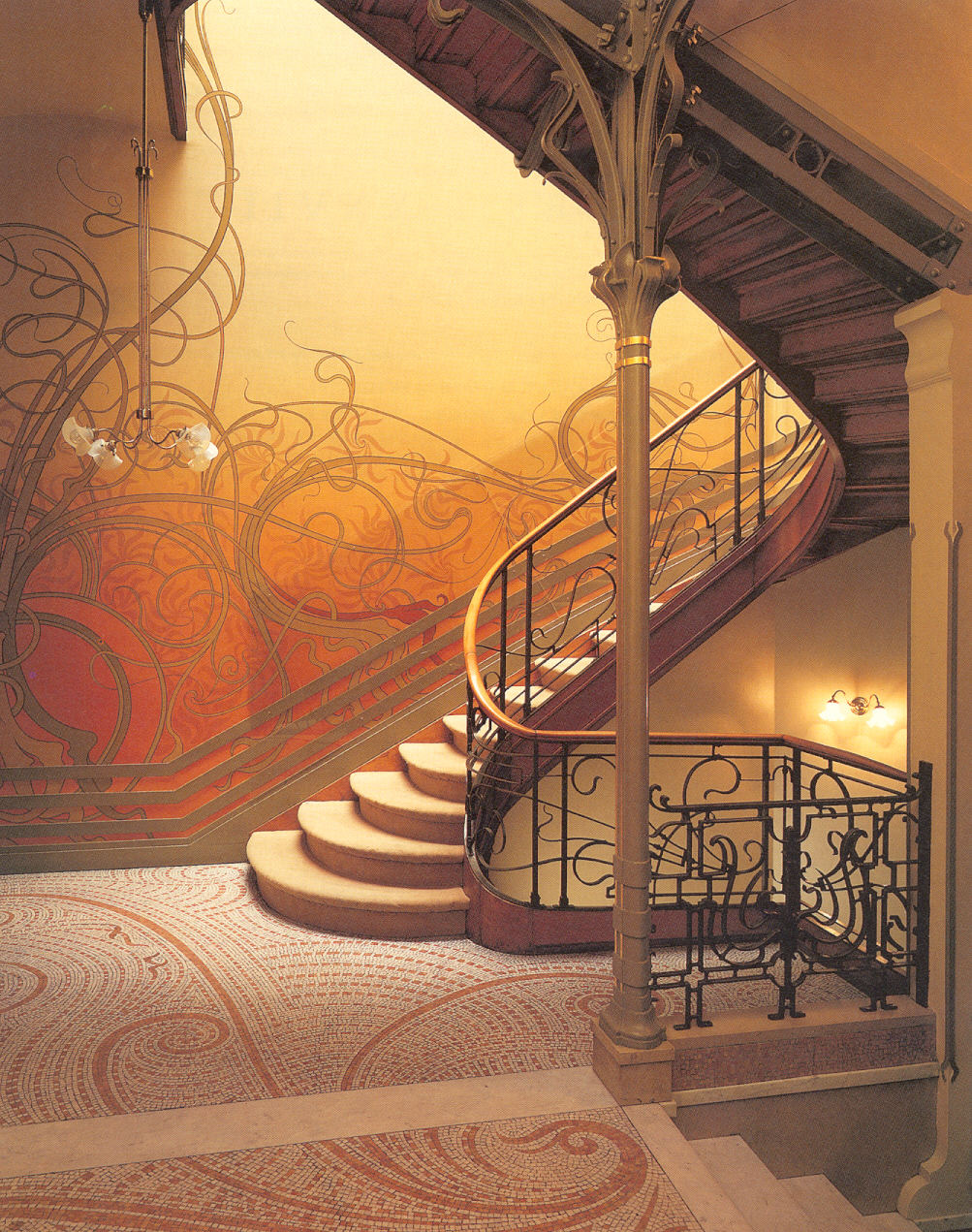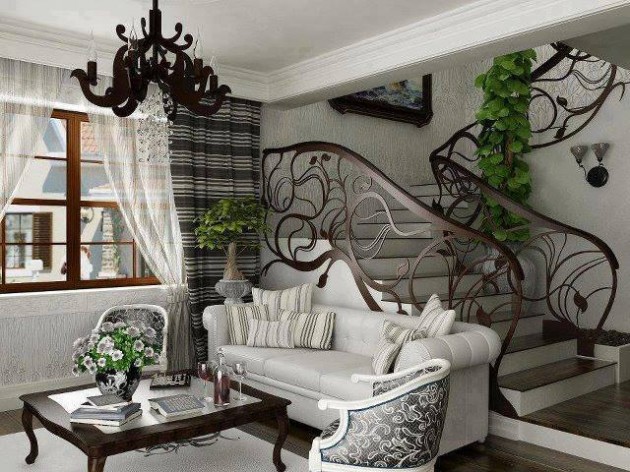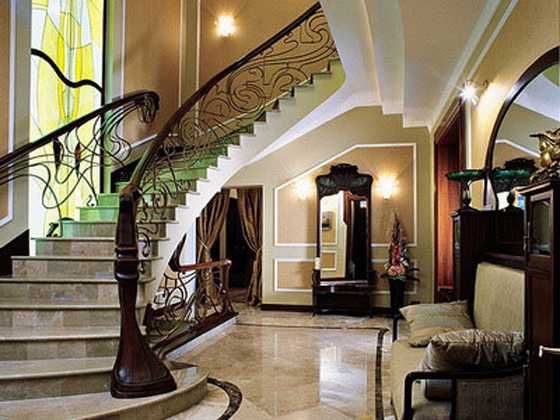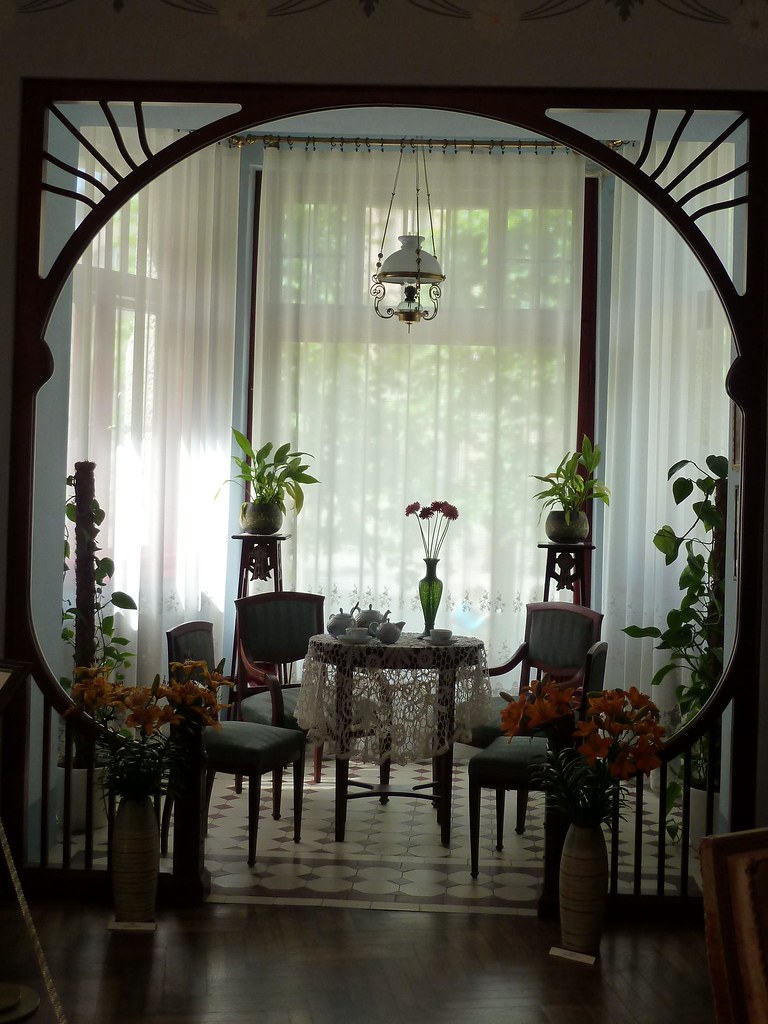Robert Venturi:
His design aspects embraced the ornamentation within the design as well as the inclusion of historical design. Venturi designed the Vanna Venturi House in Philadelphia and his most famous piece of furniture is the Chippendale Chair.


Richard Meier:
Richard Meier designed the Getty Center in Los Angeles, California. This structure consisted of a lot of geometric shapes and is white in color.

Richard Meier also designed the Douglas House in Michigan. I personally, really enjoy this house, and just like the Getty Center, this building also used geometric shapes and was white in color. I especially enjoy how this house is built on the side of a hill that is covered with trees.

Modern Examples:
